Introduction
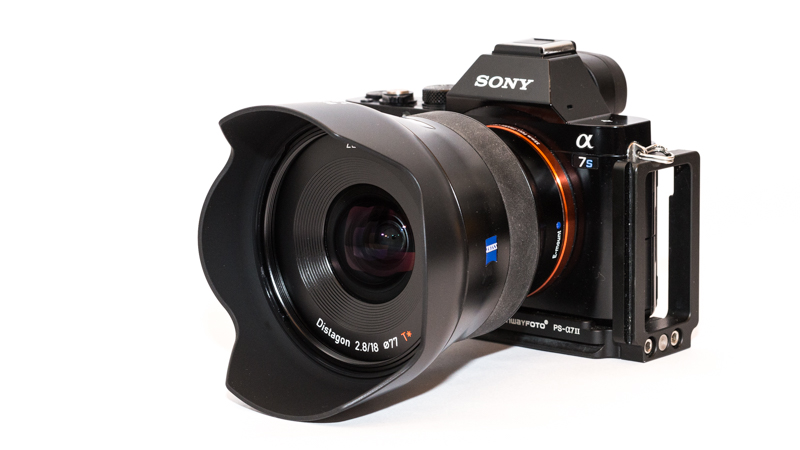
The Zeiss Batis 18mm 2.8 is the latest addition to Zeiss’ line up of modern autofocus lenses and also the widest AF prime lens to date for Sony E-Mount. As many people (include me here) are now engaged in landscape astrophotography I am especially interested how the new Batis fares in this regard.
Last Update: Review finised, conclusion added, sample images added (05/30/16)
Sample Images
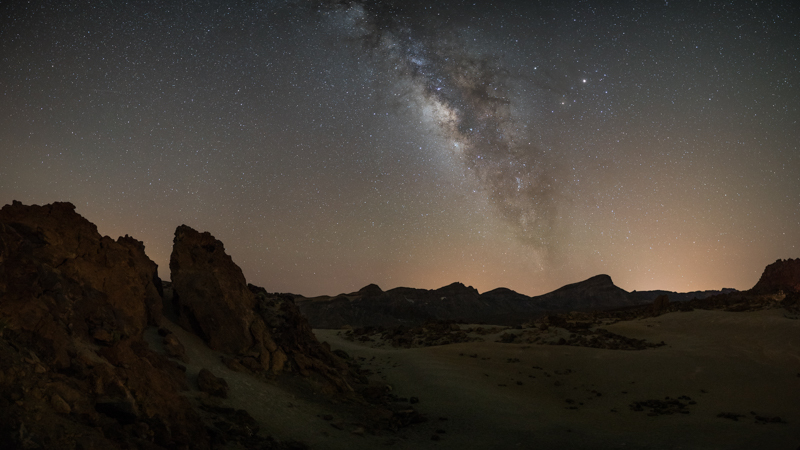
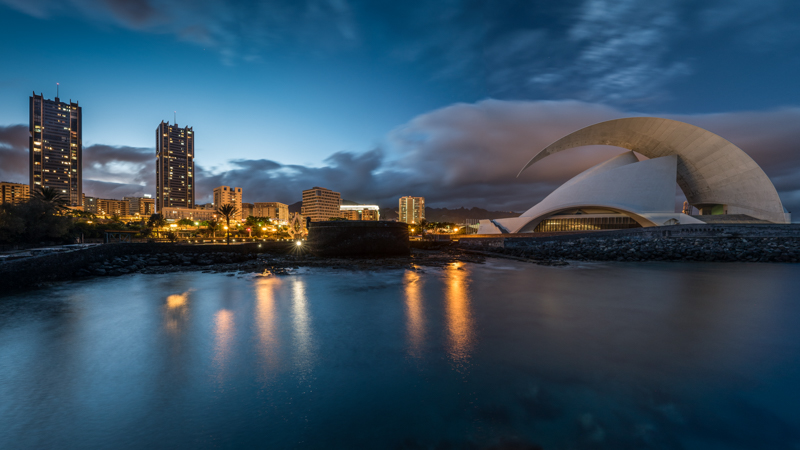
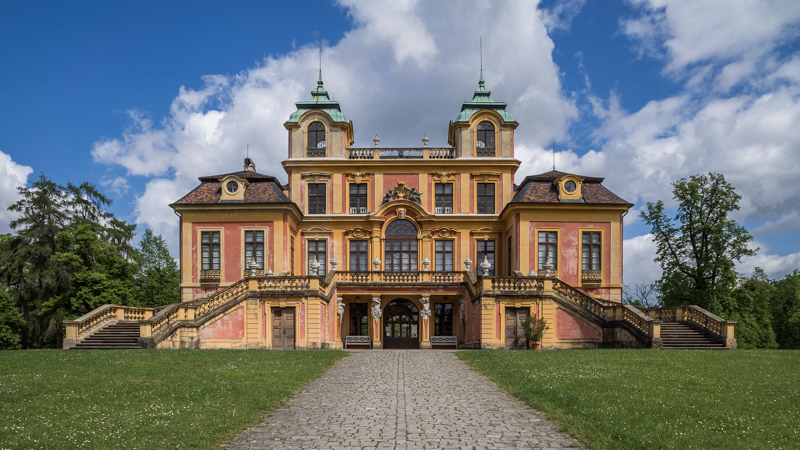
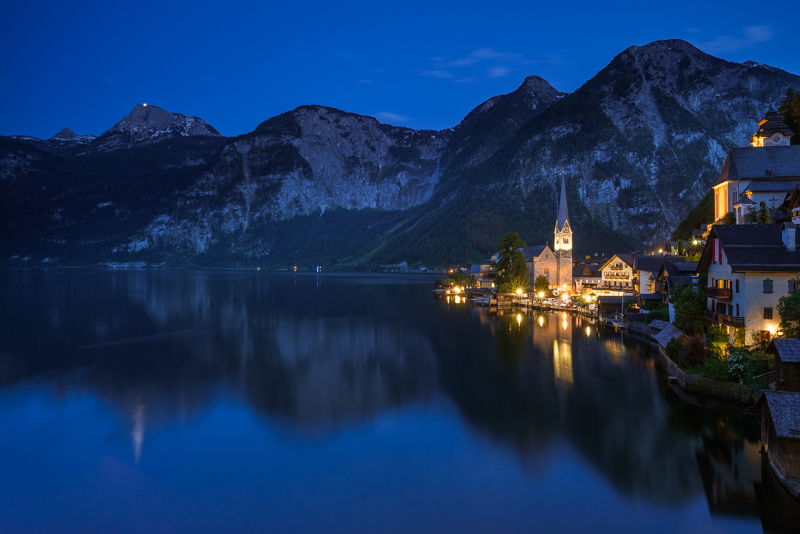
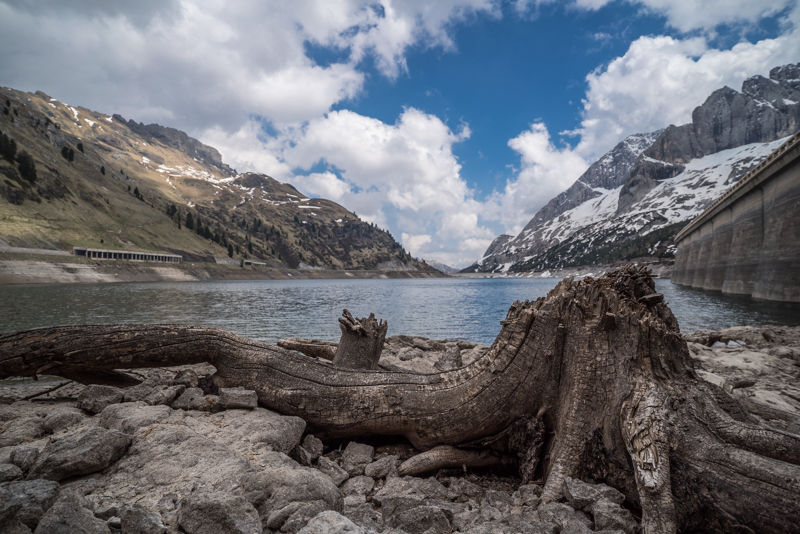
Specifications / Version History
This is the third lens of the Batis line up (the former two being the 25mm 2.0 and the 85mm 1.8) and to my knowledge the first 18mm lens by Zeiss with a maximum aperture of 2.8 (there has already been a 18mm 3.5 for (D)SLRs and a 18mm 4.0 for rangefinder cameras, though). According to Zeiss this lens has quite the complex optical design, as only two of the eleven elements are “normal” glass and the others are either aspherical, made from special glass, or both. It also has a floating elements design so I expect very good performance at close distances.
The Zeiss Batis 18mm 2.8 has the following specifications:
-
- Diameter: 100 mm (with lens hood)
- Field of view: 99° (diagonally)
- Length: 80 mm
- Weight: 330g
- Filter Diameter: 77 mm
- Number of Aperture Blades: 9 (rounded)
- Elements/Groups: 11/10
- Close Focusing Distance: 0.25 m
- Maximum Magnification: 1:9.5
- Mount: Sony-E
You may also have a look at Zeiss’ official page.
You can get this lens on amazon.com | amazon.de | B&H | ebay.com | ebay.de (affiliate links) for 1499$/1499€ (new)
Disclosure
The Batis 18mm 2.8 E was kindly provided free of charge by Zeiss Germany for reviewing purpose for a duration of 4 weeks.
Handling / Build Quality
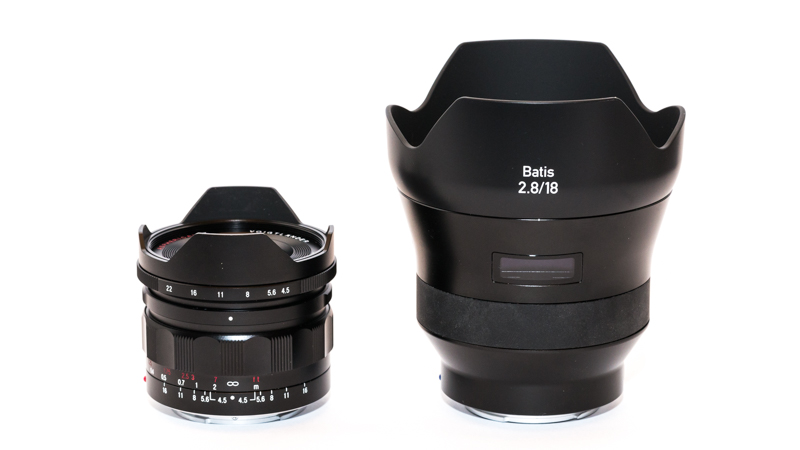
The Zeiss Batis 18mm 2.8 is a quite big (epsecially with the lens hood in position) albeit rather light lens. In the picture above I included the Voigtlander 15mm 4.5 E for a size comparison, which is significantly smaller but only 30g lighter.
The housing is made from metal (as it feels very similar to the A7s and is quite light I suspect the use of magnesium alloy) and dust and weatherproof according to Zeiss, but also attracts fingerprints quite easily.
The fly-by-wire focusing ring is rubberized and – as most FE-lenses – has a non linear coupling to the internal focus motor, which means turning the ring fast will result in greater movements than turning it slowly. I am not so fond of this and would prefer a linear coupling. The focusing ring also easily collects dust and dirt.
The rubber gasket is a little thinner than that on the Loxia 35mm 2.0.
The lens hood is made from plastic (one piece) and can also be mounted reversed for storing.
I rarely use autofocus for my landscape work and the A7s does not offer phase detect focusing as well, so I am certainly no expert in this regard, but during my brief testing of this feature the focusing was quite snappy and accurate.
OLED distance scale

As well as the former Batis lenses also the 18 mm is equipped with a digital distance scale. There are three settings: always on, always off and only on when in MF or DMF mode, the last one being the standard setting. The lens can also be set to show either feet or meters. Alongside the focusing distance there are also information on the closest and farthest distances with acceptable sharpness. In the picture above a focusing distance of 1.2 m is set and the area of acceaptable sharpness ranges from 1.2-0.26 = 0.94 m to 1.2+0.46 = 1.66 m.
I was very curious to find out how this works out in the field but after having used the lens for quite some time now I am a little disappointed because the lens pretends to show you exact values but simply doesn’t in real use.
To show you what I mean I have prepared a small example here:
I have neither moved the camera nor the focus-target but only changed the focus setting. In the “before” shot the correct focus setting was chosen. The distance scale on the camera says 0.3 m and the display on the lens says 0.3 m +0.01 -0.00 (the target is a measured 0.25 m away from the camera sensor).
For the “after” shot I turned the focusing ring a bit towards infinity (as can be seen by the bar on the camera display), the target is clearly out of focus now but the camera display still shows a focusing distance of 0.3 m and the display on the lens says 0.3 m +0.01 -0.01.
What is giving me quite a headache here is this: I have clearly and substantially changed the focusing distance but the values on the displays simply don’t show me that.
The situation isn’t that much better near infinity. The correct setting for infinity is at the turning point between XX.X m and infinity but the focusing ring can still be turned way farther and you are focusing behind infinity then, meaning nothing is in focus at all. Still the display on the lens will tell you infinity is sharp, which is not the case when having focused behind infinity, not even at f/11.
To me this matters, especially for astrophotography, but it may be no issue at all for you, as in case you solely rely on autofocus, you probably won’t even notice this.
Vignetting and colorcast
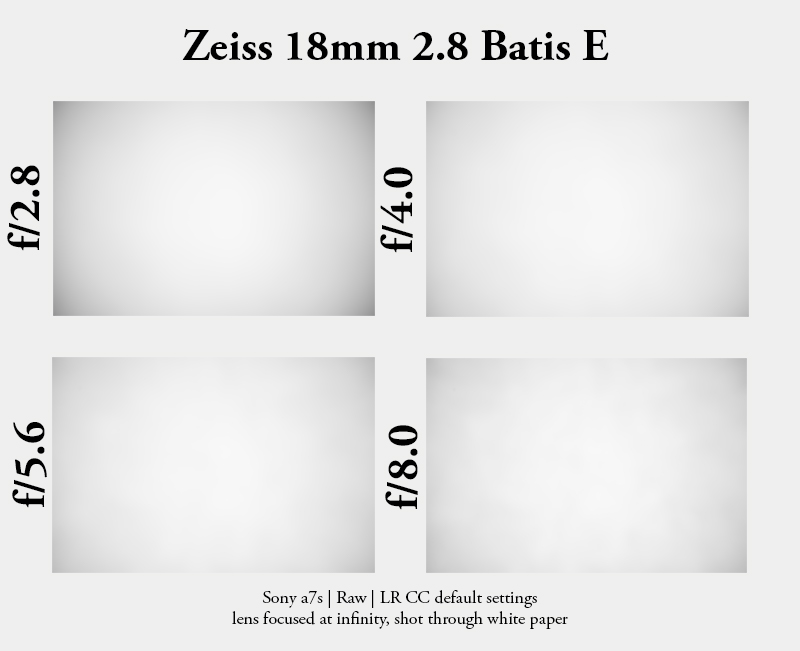
Wide open there is some visible vignetting in the extreme corners which according to my measurements is around 2.6 EV and stopped down to f/4.0 around 1.9 EV. Zeiss’ data sheet shows only the values after the internal corrections which leads to only 1.4 EV wide open and around 0.8 EV by f/5.6. There is no Lightroom profile yet and color cast is unsuprisingly not an issue.
Sharpness
infinity
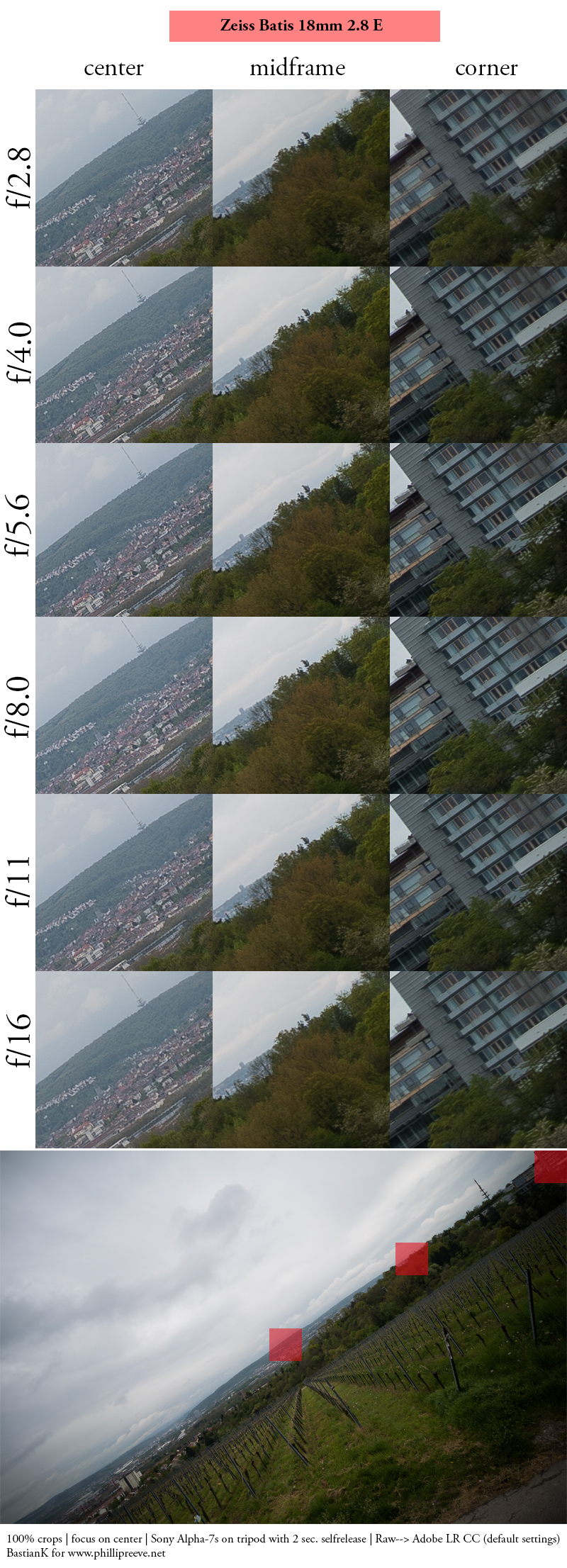
Sharpness across frame is very very good right from the maximum aperture. On the 12mp sensor I can see slightly reduced contrast in the extreme corners wide open, but otherwise simply excellent performance here. There is also no visible field curvature.
One thing to notice: in the compilation above I increased the exposure on the corner crops to make them comparable in terms of sharpness.
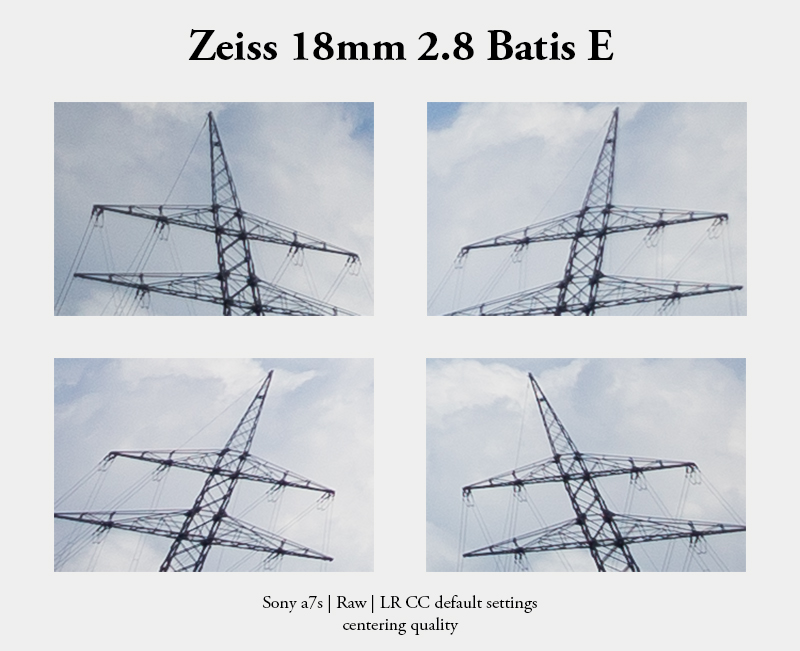
The centering quality of the review sample is very good, but I have to mention that another copy which Jannik from our team bought was visibly decentered.
close focus
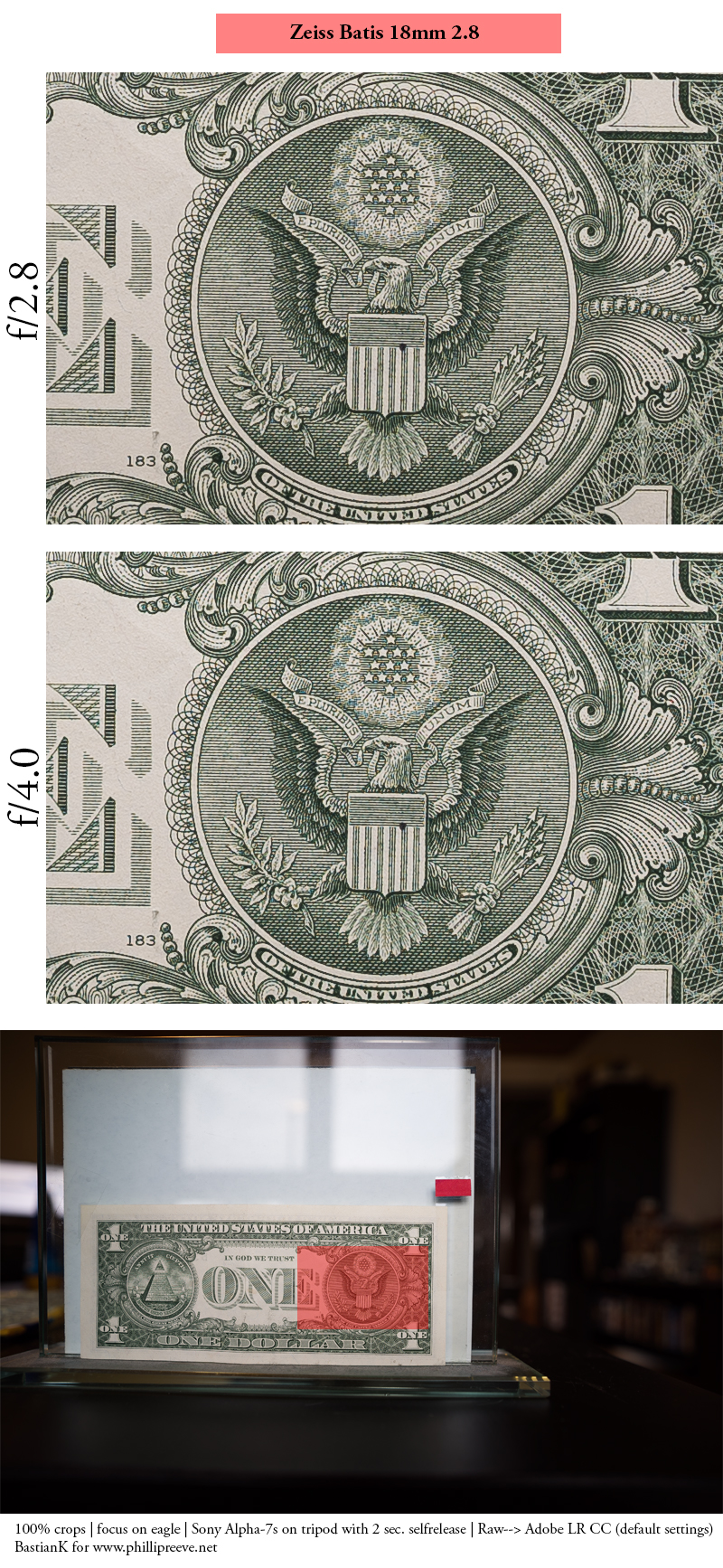
Sharpness and contrast are unsuprisingly very good at close focus distances, even wide open. I already expected this because of the floating elements design. There is no softness and loss of contrast at closer distances seen in many of our reviews of older lenses.
Flare resistance
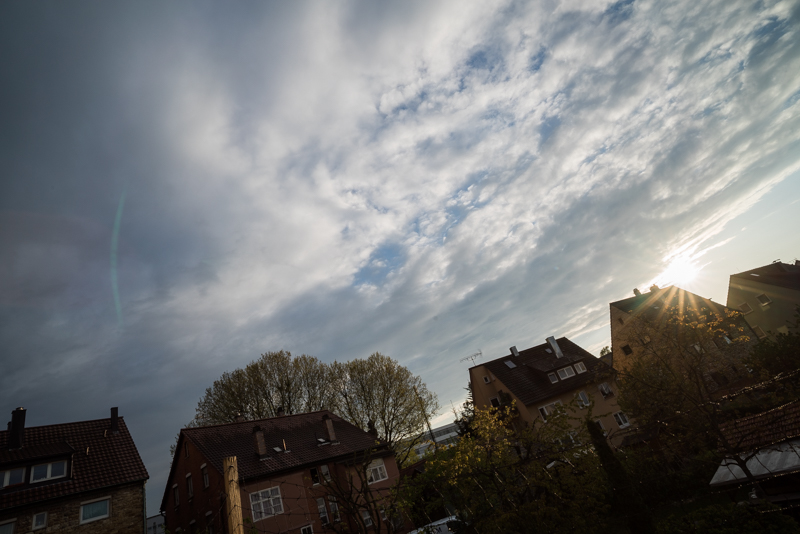
With the sun near the border or the corner of the frame it is possible to catch a rather unobstrusive red ghost and a little more obstrusive sickle shaped green ghost. The contrast seems to be not affected at all and stays on a very high level.
With the sun outside the frame the performance is excellent even without the lens hood.
Coma
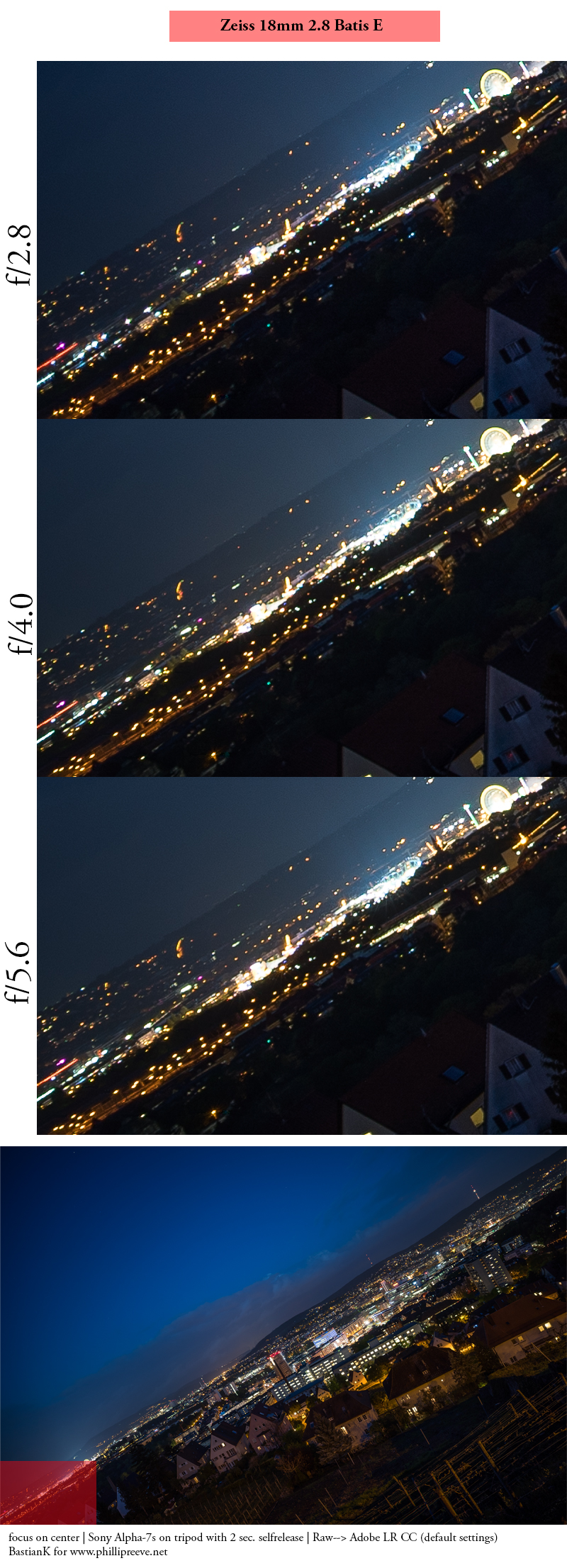
According to Zeiss one of the main applications of this lens is astrophotography, so I was very curious about the coma performance, which is indeed very good to say the least. Wide open even the extreme corners only show a negligible amount of coma but things get very interesting when comparing the Batis to my two main astro lenses (see my corresponding astro-landscape flickr album), the Nikon AF-S 14-24mm 2.8G and the Nikon AF-S 20mm 1.8G:
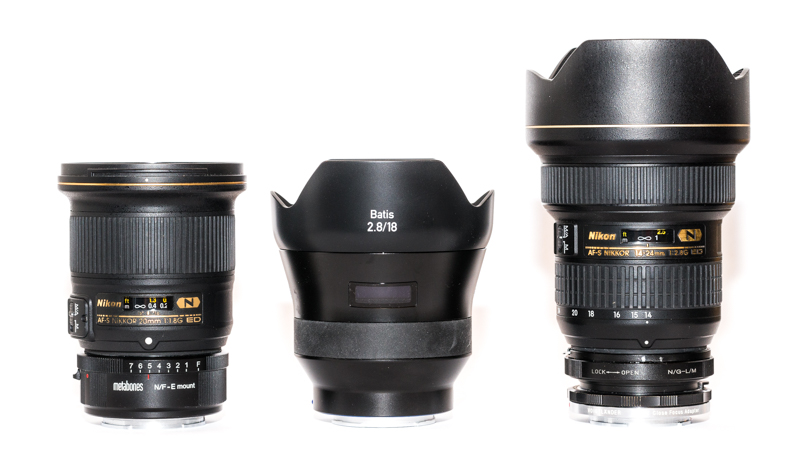
In this comparison the Batis 18mm 2.8 E is clearly the best showing the least coma. I will soon try taking some shots of the milky way with this lens and adding them to the samples section.
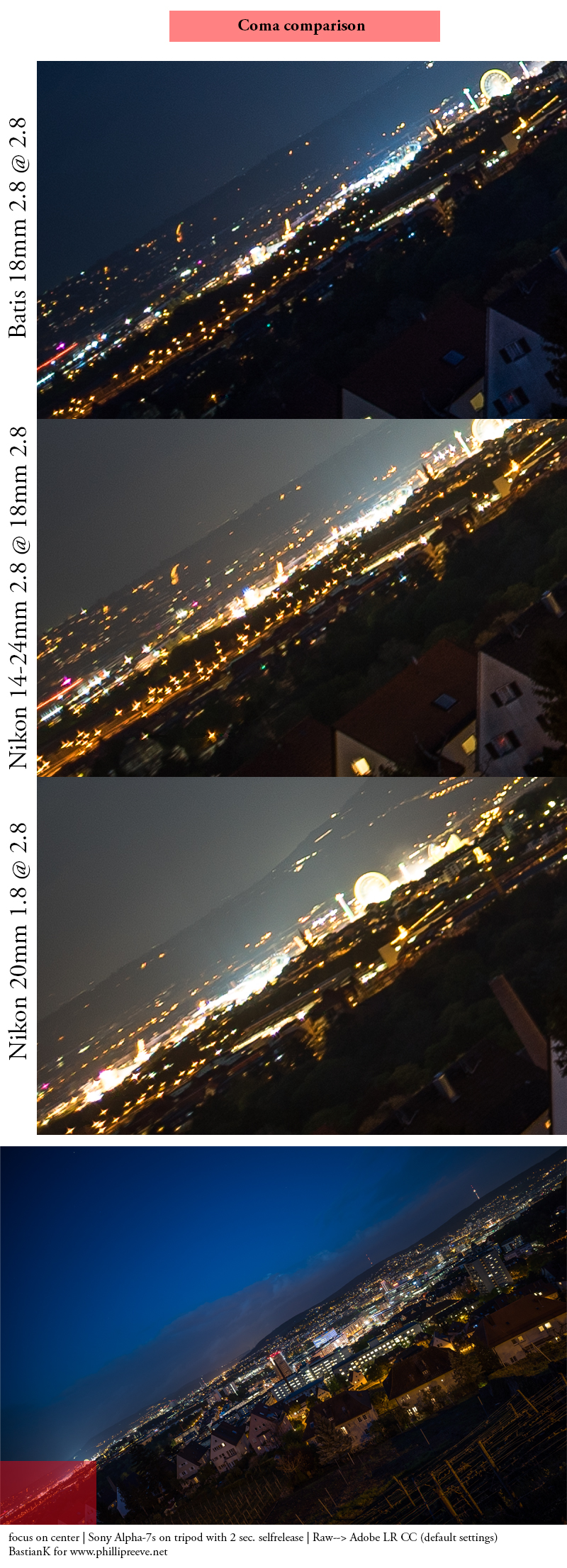
Both Nikon lenses were adapted using the metabones adapter. My finding is that even this expensive adapter does not have the same exact flange distance as a native Nikon camera which can have a negative influence on the optical qualities, especially on lenses with floating elements design (which is the case with the 20mm 1.8G). Nevertheless I long ago made a comparison between the A7s with the metabones adapter and the Nikon D800 and in terms of coma I didn’t notice a visible difference with the 20mm 1.8G (corner sharpness wide open is better on the D800 though).
Use for astrophotography
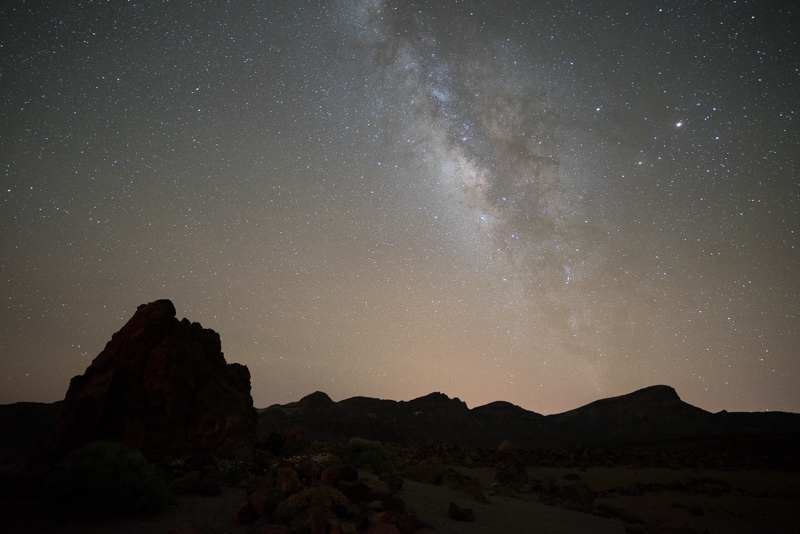
This lens is advertised by Zeiss as a lens well suited for astrophotography and after having tested coma and vignetting I also had high hopes for it. Luckily I had the opportunity to shoot the milkyway under quite good conditions and the lens proved to be an excellent performer here. Stars are a little more forgiving to coma than cityscapes and I couldn’t find any traces of coma when shooting them at all. This is neither the widest (see Nikon 14-24mm 2.8G) nor the fastest (see Nikon 20mm 1.8G) lens for astrophotography but the sum of it’s parts makes it one of the best choices for astrophotography available to date, not just for E-mount but in general.
Distortion
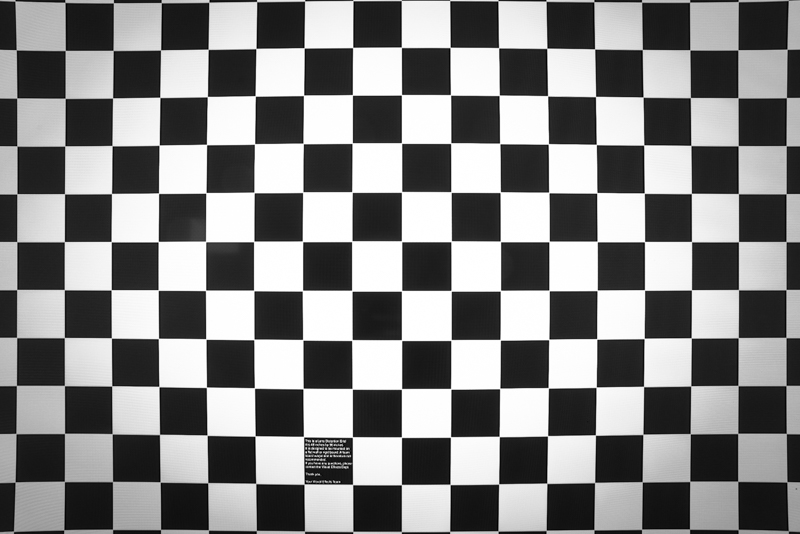
There is some barrel distortion (mustache style) which can also be clearly visible in architectural shots (see full resolution example below). This will be corrected in newer firmware versions (I am still running 2.0) and to my experience this lens will probably be included with the next Lightroom update as well.
Bokeh
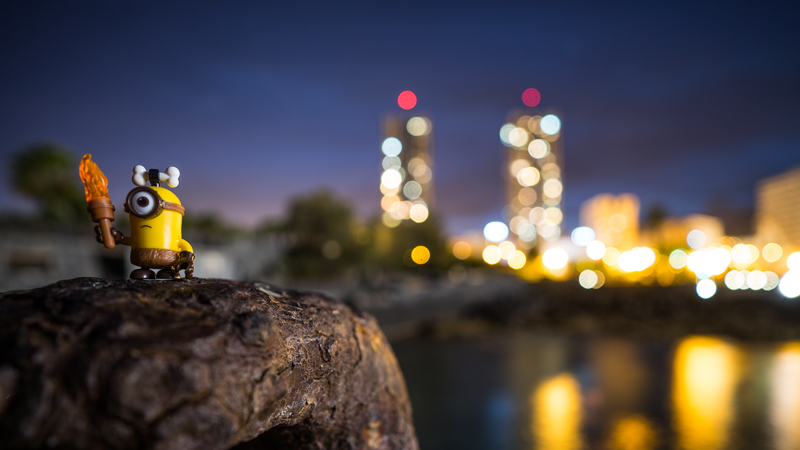
With the 18mm focal length and a maximum aperture of f/2.8 you have to be close to your subject to throw the background visibly out of focus. The bokeh is quite nice without harsh outlinings but the bokeh balls can show an onion ring structure due to the many aspherical elements, as can be seen in this 100% crop:
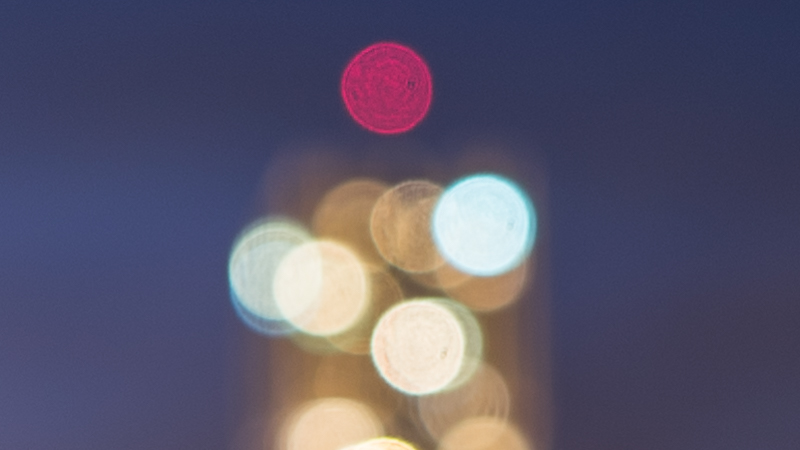
Take a look at the following example to see what the bokeh looks like with the subject farther away:
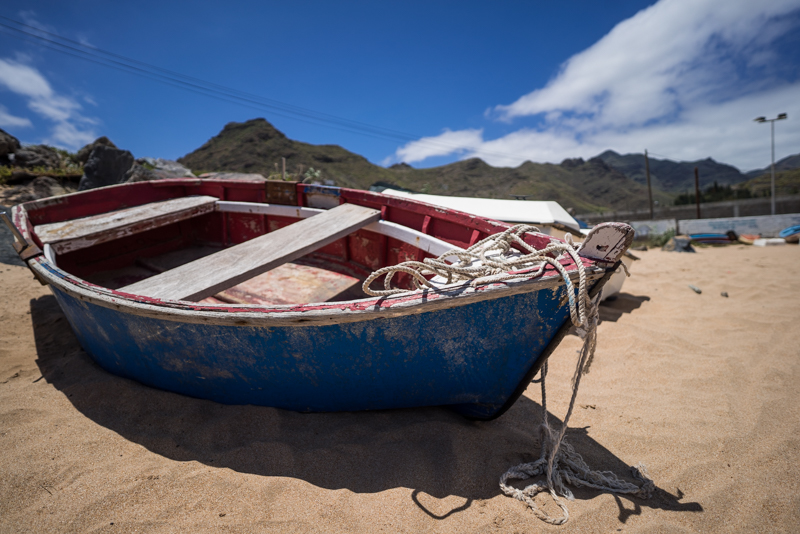
Sunstars

You probably know by now I prefer sunstars produced by straight aperture blades but putting this aside sunstars produced by the Batis 18mm stopped down are well defined and quite nice.
Chromatic aberrations
longitudinal
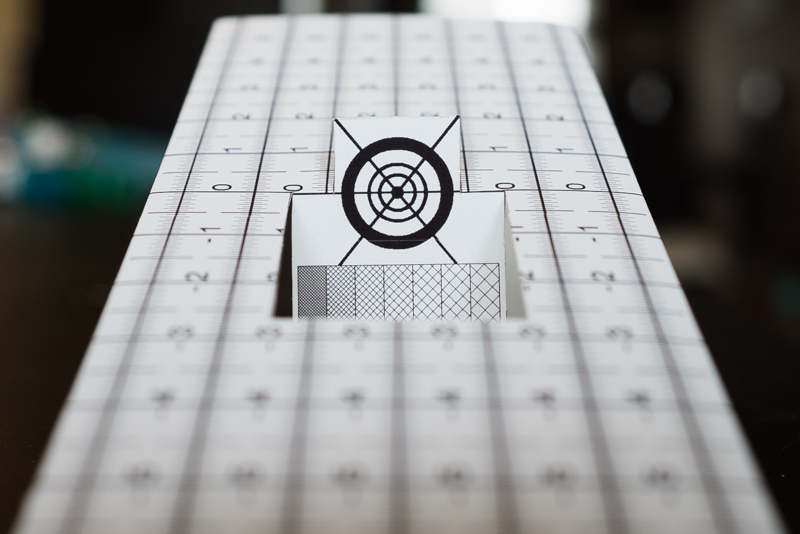
Only some slight traces of green and magenta outlining can be found, pretty good performance here.
lateral
There is an embedded profile when using Lightroom for correcting the lateral CA which cannot be turned off. So to show you what it looks like without the correction, I took some shots without electronic contact between lens and camera.
Sony A7s | Zeiss Batis 18mm 2.8 | f/4.0 | CA 100% crop without correction (before) / corrected with embedded profile (after), extreme corner
As there are only minor CA this is a very good performance for an ultra wide anlge lens. The remaining CA can easily be corrected in post, as can be seen above.
Alternatives
Zeiss Loxia Distagon T* 21mm 2.8:
We got asked a lot about this comparsion – so I will try to go a little bit into detail here – but nitpicking between the optical qualities of these two lenses is pretty much pointless as they are both excellent performers in almost every regard. Nevertheless, I think the Batis’ coma correction is a little better while the Loxia has better flare resistance and nicer sunstars, but what should really drive your decision here are the focal length and handling differences.
A horizontal field of view of 90° (18mm) versus 81° (21mm) is quite a meaningful difference and here it mostly comes down to your preferences and the other lenses in your kit. You may get by with the 18mm being your widest lens and I could think of it nicely complementing an AF-kit for landscaping/archtitecture already consisting of the Sony 28mm 2.0 and Sony/Zeiss 55mm 1.8.
What really matters are the handling differences: the Batis is a designated AF-lens and pretty much meant to be used that way (I am not really fond of the fly by wire focusing ring and the OLED distance scale for manual focusing) while the Loxia is an all manual lens (when properly calibrated with hard infinity stop), which is also significantly smaller.
There is no simple “lens x is better than lens y” here, actually, there rarely ever is. Sorry.
Nikon AF-S 20mm 1.8G:
You are of course loosing AF, Exif-data and 2mm but you also gain 4/3rds of a stop maximum aperture and more subject isolation. But the 20mm 1.8G also has higher vignetting, especially at infinity, and worse coma, so as of today, the Batis 18mm 2.8 would be my choice for astrophotography among lenses with a focal length of 18 to 21mm.
Sony/Zeiss FE 16-35mm 4.0 ZA:
This is your widest option with AF and OSS and of course more flexible in terms of focal lengths. In case you don’t need the faster maximum aperture or the superior image quality of the Batis this may be a good choice for you.
Older manual SLR lenses:
There are many legacy 20mm and even some 18mm and 19mm lenses availabe. Some are quite cheap on the used market (Minolta MD 20mm 2.8 or Canon FD 20mm 2.8) while others are unbelievably expensive (Leica-R 19mm 2.8). You might start taking a look at our comparison between the Minolta and Canon 20mm 2.8. In case you are running on a tight budget this is where you should take a look.
Conclusion
good
|
average
|
not good
|
In case you took a look at the table above you probably know by now this is a very good lens with no real flaws. The optics are great (at all distances and aperture values), the build quality ins’t bad either and the coma correction is really outstanding. Because of the last point I was also really tempted to buy this lens but I didn’t.
While the lens is really lightweight it is also quite big, especially with the lens hood, and I am not a fan of fly-by-wire focusing and the OLED distance scale.
Someone at Zeiss knew people would have different opinions on how the ideal lens feels and operates like and decided to settle for two different lines: Batis (lightweight but rather big, modern OLED display, AF, fly-by-wire-focusing, 9 rounded aperture blades) and Loxia (a little more solid (= heavier), all manual, smaller size, 10 straight aperture blades). In my opinion this was a really smart move.
I am more of a Loxia person. For my landscape work I mostly use manual focus and I highly value the smaller size, the smaller filter diameter and the 10-bladed aperture. But this does not mean the Batis 18mm 2.8 is a bad lens, it is actually a damn good one.
So, who is this lens for? Anyone, who looks for a very good, native ultra wide angle E-mount lens with AF, nice build quality and very good optical properties or simply one of the best lenses for landscape astro photography available to date. Of course this is no cheap lens and compared to the 16-35mm 4.0 you give up quite a bit of flexibility, so you better be sure this is the right focal length for you before buying one. Apart from this I have no reservations recommending this lens.
You can get this lens on amazon.com | amazon.de | B&H | ebay.com | ebay.de (affiliate links) for 1499$/1499€ (new)
Sample Images
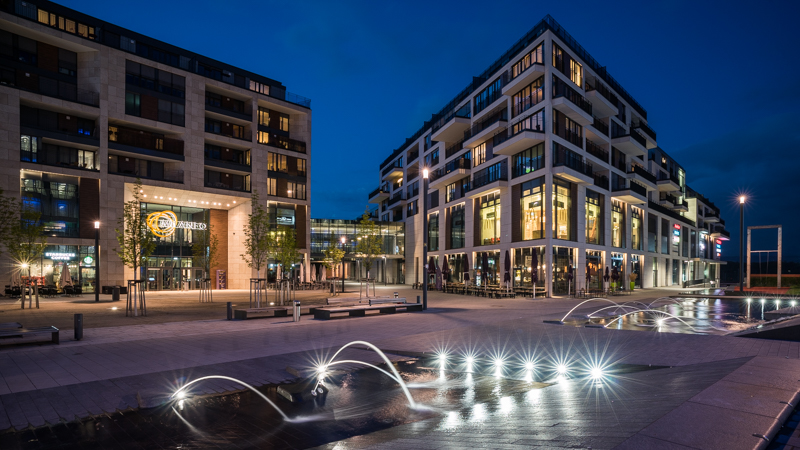
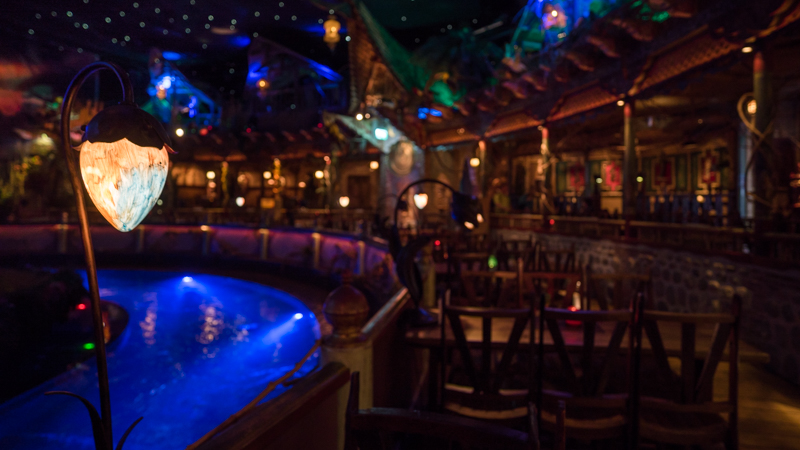
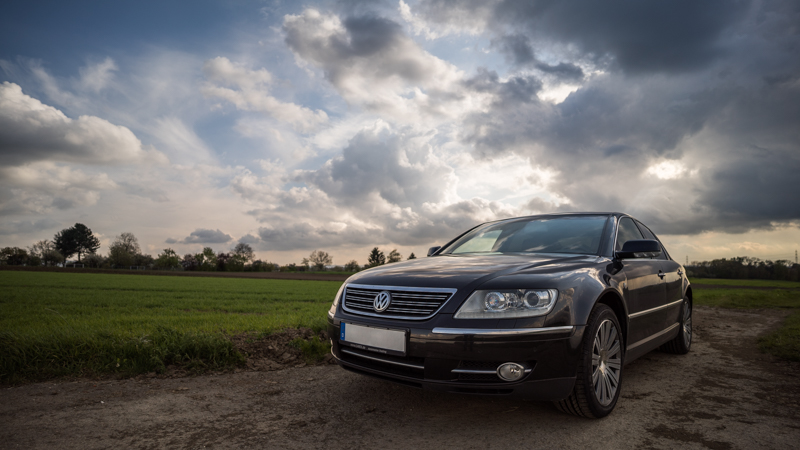
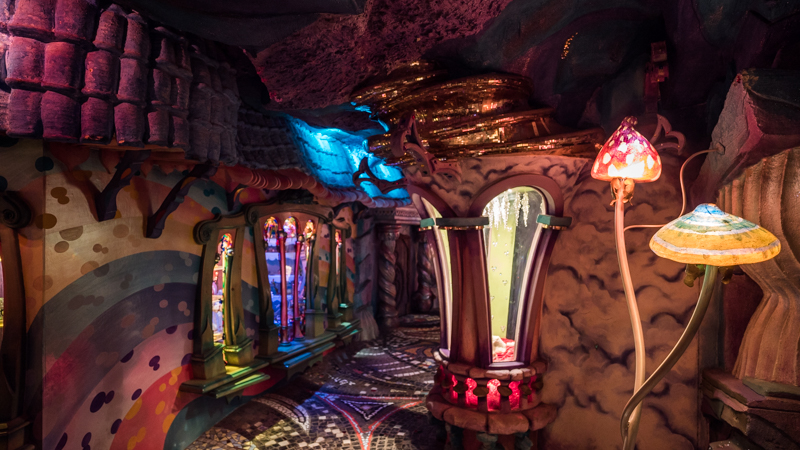
Further Reading
Support Us
Did you find this article useful or just liked reading it? Treat us to a coffee!
![]()
![]()
![]() via Paypal
via Paypal
This site contains affiliate links. If you make a purchase using any of the links marked as affiliate links, I may receive a small commission at no additional cost to you. This helps support the creation of future content.
Latest posts by BastianK (see all)
- Review: Mr. Ding Optics 50mm 1.2 Noxlux Z - November 23, 2025
- Analogue Adventures – Part 46: Fujichrome Provia 400F (expired) - November 19, 2025
- Review: Irix 45mm 1.4 Dragonfly - November 15, 2025
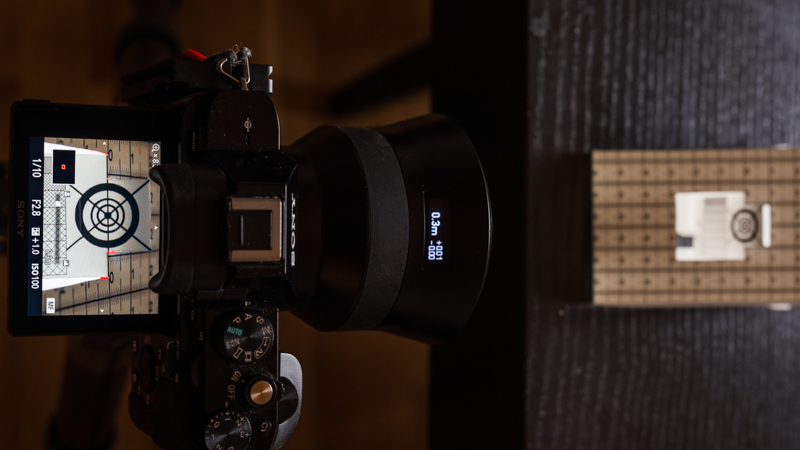

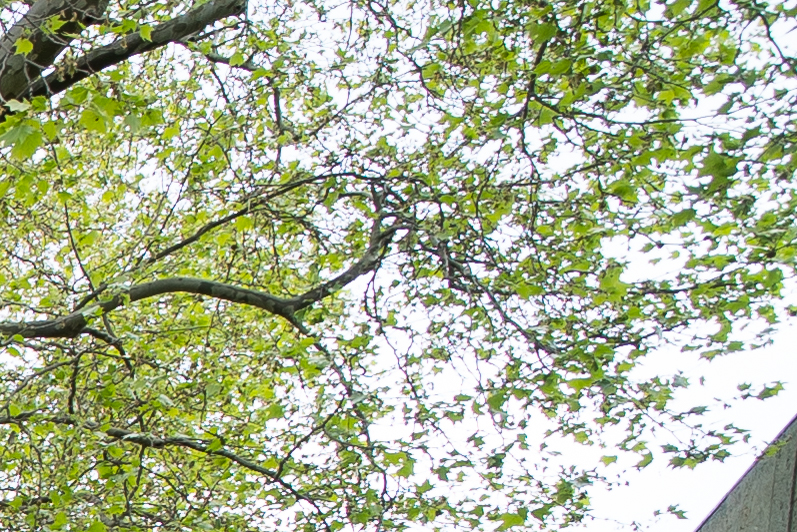
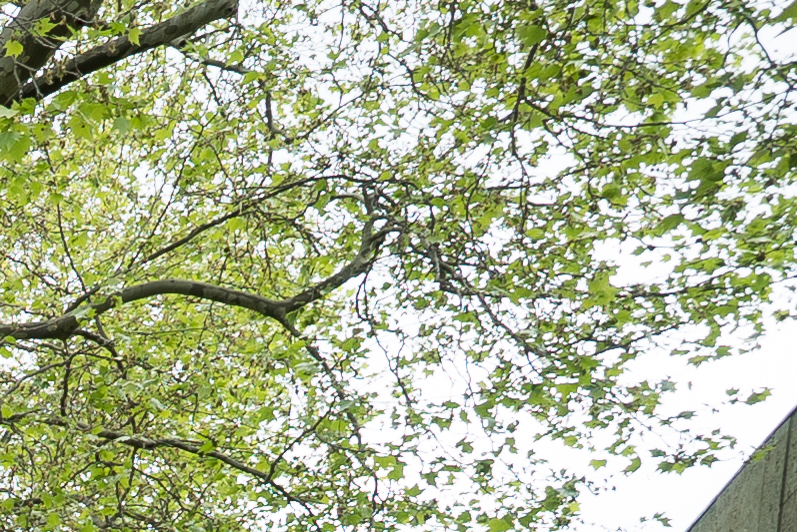
When you finish this review, I would love to read some words from you about this lens compared to the loxia 21 if it is possible. Thanks!
I too am very interested in any thoughts between the two lenses. Thanks.
I can absolutely understand this and will talk to Jannik – who owns and reviewed the Loxia 21mm 2.8 – about this and will certainly give you our thoughts on this.
Bastian
Review against the Sigma 1.4/20 please! 🙂
I gather from reviews both the 18mm and the 21mm are brilliantly good lenses if you can get past the characteristic heavy vignetting at wide apertures. Obviously, the 21 is manual focus. The other difference that is important to astro photographers is that the 18 has better coma performance.
I don’t quite understand why Phillip feels that the display is a big issue on the 18mm. Yes, it is true that you have to be careful to click just once from xx meters to the infinity mark, but having done that, infinity focus is spot on. Plus, there are definite positive clicks in the focus ring to ensure you are just where you should be.
While I generally very much appreciate your work here at phillipreeve.net, I do not really understand why to test a presumably highly resolving lens on today’s least demanding 12 MP body. I mean, we all have our (mostly SLR) history, which is full of such cases. In my case it’s Nikon, where almost all (full frame) lenses perform well on the good old 12 MP D700, but take a D800 class camera and you will see that the pool of useful lenses is shrinking rapidly – I could tell a painful story here. In the Sony case: while I perfectly understand that an A7s(II) may have it’s merits, I would at least prefer 24 MP to challenge a lens.
For resolution(sharpness) test I agree with you. The other tests (bokeh, sunstar, vignetting, ect.) should not be affected by the MP number.
Thank you for your feedback!
I personally think sharpness is heavily overrated and there are quite some people out there (lensrentals and dxomark to just name two) with expensive equipment to measure it way more exact than I could ever do (and they probably will do that in the near future).
Finding reviews that are about the photos and not about the pixels on the other hand has become quite difficult but this is exactly what I want to provide:
A review from a user’s standpoint and not from a technician or an optics engineer.
So I put my efforts into providing useful sample images as well as information on handling, bokeh, sunstars and coma which are things the more technical reviewers often don’t cover and are also mostly not affected by the megapixel count.
Apart from this I also see this as a lens for astrophotography and the A7s(II) is challengened by no other camera in this category so far.
But I of course do understand the importance of the sharpness measurements for some of you and I will try to get hand on an A7rII and repeat the sharpness test as the difference between 12mp and 24mp is not nearly as meaningful as it sounds.
Bastian
Great Point!!
Zeiss does the same thing on their site. On all photos except the one that should display resolving power of lens they use a7rii but on only true landscape they use a 7s… Why???
Dear Jerre,
of course getting hands on an A7rII should be less of an issue for Zeiss (in comparison to me at least),
but they also lend the lenses to some real photographers for these images.
As someone who sells architecture and landscape photos from time to time I can say customers mostly don’t care about the pixels.
I can sell a 36mp D800 photo or a 12mp A7s photo, no one cares for or even sees the difference. Most of these images are printed in magazines or used for presentations or on websites, not printed on house walls.
When shooting weddings I usually upload all the photos with 2000px (long side) in my dropbox to get them as fast as possible to the customer and always say to contact me when in need for higher resolution shots.
Never ever happened.
Most stock agencies’ (considering the ones I worked with) biggest upload size is 3000px (long side).
I always welcome more pixels, all else equal, but rarely is all else equal.
So I can understand, not every landscape or architecture photographer is using a 36mp+ camera.
Bastian
Hi Bastian,
Does the focus (in AF or MF) reset on the Batis 18 when you power off the camera and power back on? If so, this might be a problem when shooting trails and battery needs to be replaced or you turn off the camera to conserve battery.
Is infinity focus easy to achieve by looking at the OLED display?
Great review as always. I have not seen a better comparison of coma. I am wondering if you had a chance to compare night sky pictures taken with Batis 18 and Samyang lenses.
Thanks,
Rajesh
Dear Rajesh,
first let me thank you for your feedback!
Fortunately the focus setting does not change when turning the camera off and on.
Just looking at the OLED screen may not be sufficient, but I found Infinity is best at the turning point between the infinity symbol and something like 20-200m.
Right now Samyang only offers a 14mm 2.8 and a 24mm 1.4 (and a 21mm 1.4 for APS-C only), I think their focal lenghts are too different for a useful comparison.
Bastian
Dear Bastian,
Thank you greatly for the detailed review. Exactly all the categories I would like to know. For one thing however, I’m not fully convinced by the coma comparison. Shots with Nikon lenses seem to be more over-exposed, with more highlight blown out and might thus cause more coma. Are these pictures done on one night using same exposure?
Dear George
same night, same exposure, different WB and of course different vignetting characteristics (which is probably the reason for the differences here.
Bastian
Thank you Bastian. Much looking forward to future updates!
Dear Bastian,
I am confused with how to set infinity focus.
I received today my batis 18mm, and as i am an astro/landscape photographer set infinity focus is really important to me.
I saw on oled that when we see infinity mark first time we can continue turn focus wheel and oled continue to show infinity mark. So where is really the infinity focus ?
Normaly in other lens this also happen but we have a small mark above infinity mark to set with percision infinity focus.
You said “Just looking at the OLED screen may not be sufficient, but I found Infinity is best at the turning point between the infinity symbol and something like 20-200m.”
This not look loje to be really precise…can you explain a litle more?
Thanks in advance!!! Excelent review.
Dear Paulo,
with my lens the turning point where you see the infinity mark for the first time was the right spot for good infinity focus and sufficiently precise.
If this is not the case with your lens please share your further experiences here!
I don’t really like using fly-by-wire lenses like these for astrophotography and also sent Zeiss my feedback regarding this.
Bastian
Can you compare the Nikon 20/1.8 to the 18/2.8 a little more? The Nikon is smaller and less expensive, but how different do you find corner-to-corner sharpness and micro-contrast between the two?
Dear Brian,
regarding micro contrast the Zeiss may be a little bit better but not by much. This is more like splitting hairs here.
The Loxia lenses – at least to my knowledge – are more optimized for contrast and I can absolutely say that for the 21mm and the 35mm.
The corner-to-corner sharpness highly depends on the adapter you are using.
With my D800 (36mp) corner sharpness of the 20mm 1.8G ist at least good wide open, on the A7s (12mp) with the metabones adapter I had to stop down to f/2.8 for the same level of sharpness.
I have not yet found the perfect adapter and lenses with floating elements design (like the 20mm 1.8G) suffer from incorrect flange distance.
The safe bet would definetly be the 18mm 2.8 Batis here.
In case you have any further questions dont hesitate to ask!
Bastian
Nice pictures! Where did you shoot them?
Tenerife, Stuttgart and Austria mostly.
Thanks for the great review, giving a very meaningful user perspective!
Any chance of a Voigtlander 15mm (for Sony FE mount) comparison when it arrives? I also prefer a smaller lens if it has similar quality.
Regards
Richard
You are welcome!
There already is a 15mm 5.6 review: http://phillipreeve.net/blog/review-voigtlander-15mm-4-5-e-super-wide-heliar/
There won’t be a head to head comparison as I think the focal lenghts are too different,
but you can compare the field of view here: http://phillipreeve.net/blog/review-voigtlander-10mm-5-6-e-hyper-wide-heliar/
Bastian
Is it Milaneo and the Libary in Stuttgart? I was leave in Stuttgart and i leave in Böblingen. Nice to now a Photo expert in the near. Thank you for the Information. I would like to buy the lens for my A7R2.
Milaneo and the library are located in Stuttgart (next to each other actually 🙂 ), yes!
Sony admit in the manual that the distance and DOF numbers on the OLED screen are not accurate.Maybe it will be improved in a future FW update.
Thanks for this review but almost regret to have gone for the Loxia 21mm…
Would have preferred wider, 18mm is nice, but maybe there will be a Loxia 14mm somewhere in the future.
But when I look at this review I must say that I’m hesitating again about buying the Nikon 14-24mm f2.8.
Weight and a number of lenses is always a problem when traveling. Must say that I don’t like to change lenses to often (changing filters, danger of dropping,..)
For the moment I’m using the A7r2, A7s plus as wide angles for day-landscaping the Sony 16-35mmF4 + Loxia 21mm and for astrophotography the Samyang 14mm f2.8 + sometimes the Samyang 24mm and/or 35mm F1.4, recently also the Loxia.
Would prefer a lens like the Nikon 14-24mmF2.8 but I’m hesitating because I don’t know how it performs on the A7R2 (would not sell the Loxia but definitely the others).
You seem to mention that the Nikon 14-24 is performing as good on the A7 series as on the D800.
Would be nice to see a review of this lens in combination with the A7 series, A7r2 if possible.
Until now, I didn’t find any review of this combo (A7 + Nikon) but could you, or someone else, confirm that the IQ is no issue.
Friendly greetings.
Thanks, Bastian, and to Philip, for this very thorough review. I’m shooting the Sony Zeiss Distagon 35 1.4 and absolutely love the lens… though I’m primarily shooting portraits these days with the Batis 85 1.8, which I’m very very happy with and not regretful for not further (italics) waiting for the Sony 85 1.4 as I frankly find the Batis bokeh charming and full of character… I also find the Distagon does fantastic portrait/environmental captures! Sharp, clear, lovely.
At any rate, I’ll often want something wider when out shooting nature – the Batis 24 or Loxia 21 or now the Batis 18. These reviews help with my thinking. I downloaded the library shot and the evening lake/town photographs. Goodness, what a great lens! Peace, thanks again, and happy shooting. Scott
This lens looked to be a perfect solution for aerial work with the digital focus distance. As most modern lenses don’t have distance scales it can be a real pain as the cameras are mounted to the aircraft and impossible to see the display. Seems you had poor luck with the distance display. Can it be calibrated? Nothing worse than flying for hours and ending up with soft images.
batis 25 mm or basis 18 mm . which one to for for with A7s for general purpose wide
18mm would be too wide and f/2.8 could be too slow for general purpose work in my opinion.
I’d prefer the Batis 25mm, it’s real focal length is 23mm.
Hi Bastian. Thanks for such a detailed review! I just purchased the Zeiss Batis 18mm. At first, I was really happy with the overall sharpness of this lens on landscape shots vs my Sony 16-35. The corner sharpness is so much better than the 16-35. With that being said, I took the Batis out for some Milky Way shots last night and was really disappointed with the results on both my A7rii and A7s. I was getting star trailing with 13sec exposures. I switched to 10sec and still had the same results. Tried putting the lens on my A7s and still same issues. I refocused a number of times without any luck. Just for kicks, I put my Sony 16-35 on and did the same tests with the same settings. It produced perfectly rounded sharp stars with no trailing. I’m really disappointed as the Batis 18mm was supposed to be my go to lens for Astro and was to replace my Sony 16-35. Any suggestions or ideas would be very much appreciated!
Can you pleaes upload a shot taken with the Batis and with the 16-35mm 4.0 from the same position showing the differences?
I can’t give any advise without having seen the pictures.
Are you sure you didn’t have the 16-35 set at 16mm?
Trailing is a function of exposure time and focal length; not optical qualities of the lens (except indirectly as with a slower lens needing longer exposure)
A wider lens will produce less trailing for a given exposure time than a longer one: so if the exposure times were the same, you should expect more trailing on the B18 than the 16-35 set at 16.
Innanzitutto grazie per questa approfondita e veritiera recensione! Io posseggo una sony 7s2 ed ho da poco acquistato lo zeiss 18mm 2.8, credo sia fantastico come nitidezza e velocità autofocus, ma a volte amo fotografare in manuale focus e con questo obiettivo non riesco a farlo facilmente perché non ce un tasto nell’obiettivo. Come faccio a passare in manuale focus ? mi puoi aiutare? grazie
Could you ask your question in english?
Bastian
What was the result of your conversation with Trevor, August 27, 2016vsbout coma. Did he ever send the pictures for comparison? I am going to Iceland to see the aurora borealis and was considering rending this lens. Any thoughts or recommendations would get greatly appreciated.
What was the result of your conversation with Trevor, August 27, 2016 about coma. Did he ever send the pictures for comparison? I am going to Iceland to see the aurora borealis and was considering renting this lens. Any thoughts or recommendations would get greatly appreciated.
Never ever heard from him again.
You say there’s no field curvature and that’s right at infinity; but my copy does have a bit at shorter distances ( which might explain why some imatest reviews complain about the corners which seem fine to me)
I might add that to the review!
It’s relatively slight, but a metre or so if you focus centrally, the optimum focus is a little behind the nominal plane of focus at the periphery. Enough that if you are picky you might want to bear it in mind. Not enough to worry about (and *much* less than the opposite tendency in the old f3.5 ZF). You might want to check, though! Unlikely to be sample variation, but you never know….It’s only field tests that tell me this; I haven’t mirror aligned a chart and focussed on the centre and edges separately..
Voigtlander 15mm or Batis 18mm?
Astro, indoor, landscape, unusual angles, general use. I’m leaning to the Batis simply for lower light performance. I dont like soft corners much either.
Sounds like the Batis 18mm is the better choice for you.
What about the laowa 12mm? , i prefer the wider angle and lower 2.8 compared to voigtlander, but need to know if the consistency/quality is there. I wasnt impressed at all with the quality /control of the Samyung/Rokinon 14mm, it lost image quality over time on the corners severely. (With the 12mm one can also just crop down to 15/18mm if the corners are a little soft, compared to the Batis 18mm).
I only tried the prototype of the Laowa 12mm 2.8 so far,
it is a fine lens and much better made than the Samyang 14mm 2.8 (MF DSLR version),
but it is also much bigger compared to either Batis 18 oder Voigtlander 15.
Did you think the Zeiss Batis 18 mm, 2.8 is more better than the
Zeiss Otus 28 mm, 1.4? I know the Zeiss Otus 28 mm, 1.4 is for the Nikon or Canon.
Not only are the focal lenghts too different to compare these two lenses,
but they have completely different purposes.
The Otus is the best 28mm 1.4 Zeiss can build today regardless of size, weight and price.
The Batis has a moderate maximum aperture by comparison and only weighs and costs a fraction and is therefore very portable.
Hi BastianK, I am struggling with choosing a ultra wide angle lens for aurora and astrophotography as I am going to Finland next Feb. I prefer to have a lens with light weight and you can insert a normal filter (like CPL) on it. Now I am thinking of two lenses: Batis 18 F2.8 and Laowa 15 F2. Laowa is wider and the aperture is faster, but I am not sure which one has a better quality or do I need the lens to be so wide? The most important thing is the brand: Zeiss vs Laowa. It seems that to have a Zeiss lens is much more happy, haha. Which one you will suggest according to my situation? Many thanks!
I would definetly go for the Laowa for that purpose (actually I am not the biggest Batis fan, so I would go and I did go for Laowa for any purpose).
It is faster and wider and you can forget about exposure stacking for aurora shooting and panorama pretty much as well.
You really need fast and wide!
Currently own an Touit 12mm on my A7RIII, which is equal to 18mm on Full frame.
Since I just updated from apsc to full frame. Kind wonder whether the image quality improvements worth the additional 700 dollars (sell touit 12mm and buy a new batis 18mm) to update.
For CPL and ND, I have both 67mm and 77mm adapter. So no additional costs on those parts.
Any ideas?
In case you are thinking about using the 12mm 2.8 in crop mode vs the 18mm 2.8 then yes, it is worth it.
I would still try to get a used one though.
Thanks for the advice! Yes, better wait for a good used Batis 18mm.
Ohhh Zeiss, WHY U NO 16 or 18 Loxia instead of a 25 :'(
Same here – holding off on buying the Batis 18, it’s too big and I don’t need AF and also dislike focus by wire. I had the Batis 25 for a bit and sold it back (by all respect it was an amazing lense optically).
I am thinking the same.
But for now I bought a 380g panoadapter (review coming) which I am using wih the Loxia 21mm 2.8 to get me to 14mm equivalent.
Weighs less as than that fictional 16/18mm and I can keep using my 70mm filtersystem.
Could you please clarify what’s the panoadapter that you are using? I’d like to get the Batis 18mm, but with your comment about getting a 14mm equivalent on the Loxia 21mm using this device sounds interesting to me! Thanks in advance…
A review is almost finished, if you cannot wait it is the pocketPANO Vario K XL .
I can’t decide! I recently bought the Zony 16-35 F4, but I have an affinity for Zeiss lenses and wanted something faster for night-sky/lanscape shooting.
Would there be any point in getting the Zeiss 18mm to complement the 16-35, or is it just too much duplication?
I would rather get something significantly faster like Laowa 15mm 2.0 or Sony GM 24mm 1.4.
I’m a fan of the Batis 18 as an *alternative* to the Sony 16-35 for someone who uses that zoom mainly at the wider end; notably more contrast and a good copy is sharper in the periphery, and the speed comes in handy sometimes, and it’s lighter. Of course the zoom is more versatile, and quite good: the best of the first generation of Sony FE zooms. (if you find yourself using the middle of that zoom a lot, then a great alternative is the GM 24)
But as a complement, I don’t think so. It is too much duplication, at least to have on the same shoot. Rather get something wider or faster, or just save your money!
Hi! I ve been taking nature photos (mostly insects, animals etc) using my mobile over the last 10yrs or so, and recently (March 2019) I ve decided to make the big step into more proper equipment. I ve decided to go with the E-mount. So my first camera is an a6300 and apart from the 16-50mm (KIT) lens (which I haven’t used yet!), I ve bought the 90mm Sony G Macro which I m utterly satisfied with. I m still learning stuff by the day and despite my slow learning curve into this new world, I find it quite fascinating.
Anyhow, I m now looking into my 2nd lens – which will be used for landscape and some occasional astro/night shooting. My requirements are IQ, build quality and being what I d call a little ‘future proof’. By the latter I mean that obviously now, with my a6300, I m not fully utilizing a FF. Not only in terms of resolution, but also focal length. Whilst I don’t really care about my 90mm macro, actually becoming a 135mm, but in the case of landscape a FF lens on my existing body would hurt me, as I need a wide focal length as possible. So even an ‘ultra-wide’ 18mm becomes 27mm. Which I ll have to live with, until I manage to upgrade to a FF body. Hopefully in few years time!
My key candidates are the 18mm Batis and the 21mm Loxia. Watched all review parts, read tons on those two already, but I can’t get my final decision on which of the two I should pick. Other options previously on my list was the 24mm 1.4 GM and the 16-35 2.8 GM. If money wasn’t a factor here, I d probably go for the zoom. The 24mm 1.4 GM was also an attractive choice at first, but with 400USD more than the Batis/Loxia, I saw no good enough reason to pay the premium. Autofocus would be nice for a beginner like myself, although I m willing to go into deep water and consider a fully manual lens, even if that takes me more time to learn how to use and fully exploit.
So it’s a Batis 18mm vs Loxia 21mm!
Things that make me go for the Batis: Wider focal length, autofocus, proper weather sealing. Although both Loxia & Batis have gaskets, Zeiss only claims Batis as being ‘weather resistant’ (not Loxia). Zeiss also seem to market Batis primarily for landscape and astro use (which is essentially what I want), whilst there’s no mention of any of those for the Loxia series. Instead they seem to market Loxia as a ‘generic’ go-to lens with video shooting capabilities. I do shoot intend to shoot video along with the stills, so video is also in my wish list (although not as important as IQ for stills).
Things I like the most about the Loxia. Resolution/contrast. From what I understood, even on a 42MP FF body, seems it’s still got more to give! The hype out there is that in fact, the Loxia 21mm is the best prime, wide option for the FE-mount for shooting landscape. The Batis 18mm is on the other hand better at night photography, particularly asto, due to comma somewhat better corrected even at 2.8. Manual focus does indeed worry me a bit, as there are several landscape shooting opportunities that I don’t really have time to setup a tripod and then fiddle with the lens in order to get that one shoot. For that, I ve just rented a Loxia here and spend some time with it – see how I cope with full manual on that respect. They only have the 25mm Loxia here, but it should be similar for me getting a first impression.
So what’s your opinion for my case?
Couple more things I m unclear about – hence I d love to hear your opinion:
a) Weather sealing on the Loxia 21mm – does it also have internal sealing like the Batis, or is it just the gasket? I don’t intend going out and shooting in pouring rain, but it’s nice to have that extra reassurance a fully weather-sealed lens offers!
b) Video – would that being a disadvantage on the Batis? I would have thought that AF is always a plus when shooting video?! Perhaps professional videographers go manual as they might want to add that extra artistic flavour on their productions, but for a more regular video shooter like me, would it really matter? My only intend for video using this lens, is just landscape, or nature e.g. a waterfall, scenic view from a mountain – all of which infinity focusing sights.
c) Last but not least – IQ. As far as Batis 18mm goes, we got super sharp/perfect for the central 2/3 of the frame, but mediocre edges (or at least compared to the more consistent 25mm Batis). How does sharpness of the 18mm Batis fares again the 21mm Loxia? Is it still the case of the Batis having the edge in the central parts of the frame? Because I know almost for fact that the 21mm Loxia is also very strong across the entire frame and from f4-f5.6 is nearly flawless. Which leads me to a sub-question here – which of the two you d reckon is more ‘future-proof’? (it would be nice to have a taste of that on the AR7 IV – see if there’s any more resolution in those tiny-packed lenses!)
Thank you in advance,
Jason
a) No meaningful difference.
b) I don’t do video.
c) No meaningful difference.
AF <-> MF, sunstar rendering and size are the meaningful differences.
Thanks Bastian!
Regarding the sealing – I guess that the Loxia isn’t advertised as ‘weather proof’ because of the (slightly) extending front (vs the Batis which is internally focusing, hence internally sealed). Apart from the weather sealing issue, the Loxia offers a more quality feel. Not sure if anyone has ever encountered an issue whilst using the Loxia in moist/wet weather.
Over the last 4 days, I have had the Loxia 25 (on rent), just to get that manual focus experiance. It seemed easier than I thought and the impression I got from it was excellent. Little troublesome whilst trying to focus close to infinity – but I guess that’s due to my inexperience with a MF lens. The rental lens was shipped to me ‘de-clicked’, but even so, the rotation wheels (both for aperture and distance) was really really good. Despite being a MF lens, the fact it had electronic contacts, made things a lot easier. Resolution/colours/contrast was amazing even on my a6300, although in my inexperienced eye, I m not sure I could tell the difference vs the 18mm Batis.
So, all in all, I am still in a dilemma here. My initial fear about having a pure MF lens has now gone away (I actually liked the feel of that Loxia). I often use my 90mm Sony Macro in MF mode, but the MF experience is no match for the one I got with the Loxia. I am curious about how the MF (by wire) of my Sony 90mm compares to the Batis though (as I haven’t tested the Batis – not available for rental where I live…). From what I gather, precise MF should be critical for astro shooting and given that the OLED doesn’t prove much useful (based on the example on your review), I m a bit concerned. I am not really into astro though – I d say the purpose of the lens would be 80% landscape + 20% astro. But I do want to get some decent shots of the aurora in my upcoming trip to Iceland in few months!
Size/weight is a not a factor for me at this point. On the other hand, the 18mm focal lengh is a plus for me. Sunstars are lovely (and nice to have), but not a major requirement. But resolution/sharpness is! And of course, as I mentioned earlier, weather sealing is also important.
For me personally the Batis manual focus experience is the worst money can buy,
as it is a non linear coupling, meaning: depending on how fast you rotate the focus
ring the focus distance will change in very small or huge increments which is very unintuitive.
The 90mm macro – to my knowledge, I have never used one – has a linear coupling in manual focus mode as well.
With the Loxia (all my manual focus lenses actually) I know where true infinity is on the focus ring,
so I can set it without fiddling even at night.
But there are people that use the Batis 18 for astrophotography and are very happy with it, so it is not like it was impossible.
Thanks Bastian – perfectly clear about the MF experience on the Batis. That would also mean that for astro/aurora photography, one will have to focus to infinity (e.g. a distant building) as AF won’t work at night sky!? Clearly it can be done, but not as simple and straight forward as with a proper MF lens such as the Loxia.
Speaking of the Loxia, I ve been looking through my photos (and videos) taken with my 25mm Loxia rental. I am really impressed with the results, especially given that it’s my first MF shooting experiance. So much resolved detail on the photos/video, it’s amazing.
Again, I am only concerned about that weather sealing on the Loxia, because from what I ve also read elsewhere, there’s no internal sealing. And I want my landscape lens to have some decent weather resistance. That’s important to me and despite the overall superior build quality of the Loxia, I don’t know how it would cope if it gets wet. And since we are talking outdoors, it’s inevitable it will happen at some point. Just to be clear – I am not implying that the Loxia will be damaged by just a splash of water – but what if in the long term e.g. humidity entering the internals of the lens..? There’s a huge debate and ‘grey areas’ as far as weather sealing goes. E.g. most Sony lenses claim weather resistance whilst not even having a gasket. I just want to have some sort of reassurance that given proper care/handling of my equipment, it will last a decent amount of time. And a premium $1,500 Zeiss lens such as the Loxia or the Batis, should last a ‘lifetime’. Because if worse comes to worse and a lens is damaged due to water, it’s up to their good will whether they are willing to repair/replace it free of charge (assuming it’s still within warranty).
If I understood correctly, you own the Loxia 21mm for few years..so did you have any issues with it as far as weather is concerned?
Hello Bastian
For landscape, architecture and daily general using purpose which one would be better on A7R3? Batis 18mm or Sigma 14-24mm 2.8?
Thanks for the review and answer
I haven’t used that Sigma zoom yet so I cannot answer that question.
Bastian,
I read your review carefully. If you own the Battis 18mm would you also bay the 24mm f1.4? Just for the stop slower for night shots or you think it’s sulphus?
This depends on many factors:
What do you want to use the lens for?
How often do you plan on using the lens for astrophotography?
What are the other lenses you use?
Imho the focal lenghts are too different for one lens to replace the other, yet they are too close to each other to carry both at the same time.
Hi Bastian!! How it compares with tamron 17-28? Having the Voigtlander 15, what makes more sense for you, buying the 18 or the Tamron? Many thanks!!
See review of the Tamron 17-28, there is a lengthy discussion in the alternatives section how it compares to the Batis.
Many thanks Bastisan.
Hi 🙂
Im trying to decide whether I should get a used Batis 18mm or a Sigma 20mm f1.4.
I think I would probably love something wider, like the Sigma 14mm f1.8 or the sigma 14-28 f2.8 but both are just a tad bit over my budget of $1000.
I need something mostly for astro and landscape and some video. I’ve heard that the coma is pretty bad on the sigma 20mm but do you think the f1.4 would be better despite that?
I give the batis 18mm more points though, less coma, weather sealed, front filters, slightly wider fov, better autofocus for video, and way lighter! The Sigma 20mm might be a little sharper, at least on the edges and of course the biggest thing is the 1.4 aperture which could be quite useful/bokehlicious. Any advice for someone who hates difficult decisions? 😁
Don’t waste your money on a compromise.
Save a bit and buy the lens you actually want.
Hi Bastian!
Let alone that Batis vs Loxia debate, now we also get the Sony 20mm 1.8 G! Did you had any chance on trying this one and have an opinion on how it fares up again the Batis/Loxia?
I did not have a chance to test the 20mm 1.8G yet, but it looks like a really good lens that for many is probably the smarter choice compared to the Batis 18mm 2.8.
The Loxia is still relevant to those that prefer manual focus and the sunstar rendering.
I can see that the reviews for the 20mm Sony are very positive indeed.
One thing I hadn’t been able to figure out is about its Manual focus mode – is it ‘by wire’ (like most FE lenses) Or is it full mechanical (e.g. the 100-400 GM)?
I am pretty sure it is by wire, but I haven’t checked personally 🙂
Hello Bastian,
thank you for that great review!
I am very impressed how well the Batis fares and about the near perfect coma correction. For your comparison with the Nikon lenses you should have used a Novoflex adapter. I measured the flange distances of both adapters, the metabones and the Novoflex. The Novoflex is perfect (using the Zeiss Otus 1,4/28) while the Metabones is too short.
Have you ever had your hands on the Zeiss ZM 4/18mm so that you can tell how it compares to the Batis? I am looking out for this lens, but sadly no one have one to sell?
Best regards,
Christian
Indeed at that time a better adapter might have stirred the comparison towards the Nikon lens.
The ZM 4/18 is a lens that is rather rare indeed. I was once interested in acquiring one,
but it is a hard sell inbetween the more modern VM 3.5/21 and the more compact yet wider VM 4.5/15 II which I both have and use.